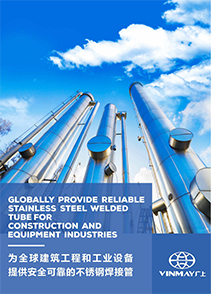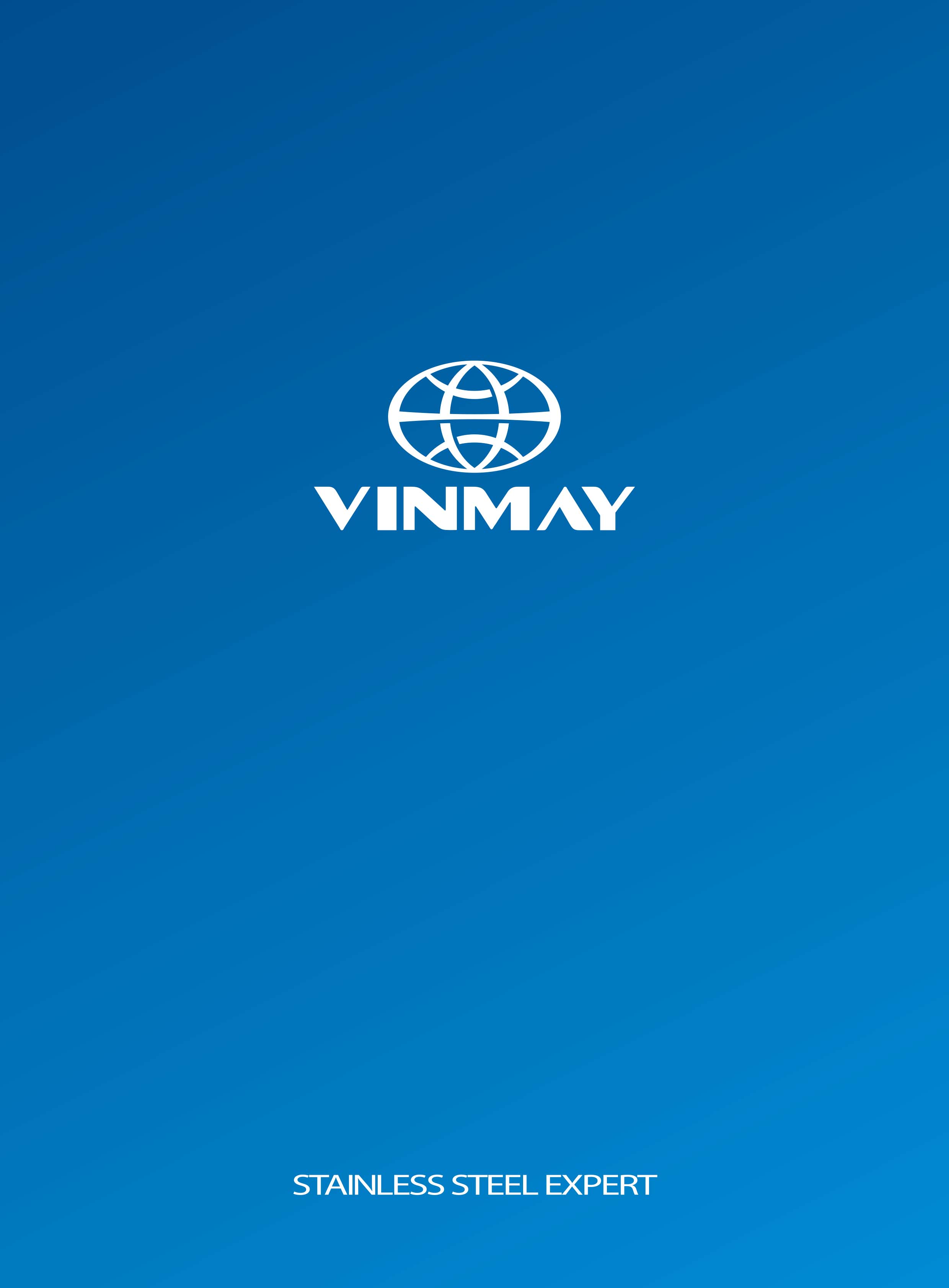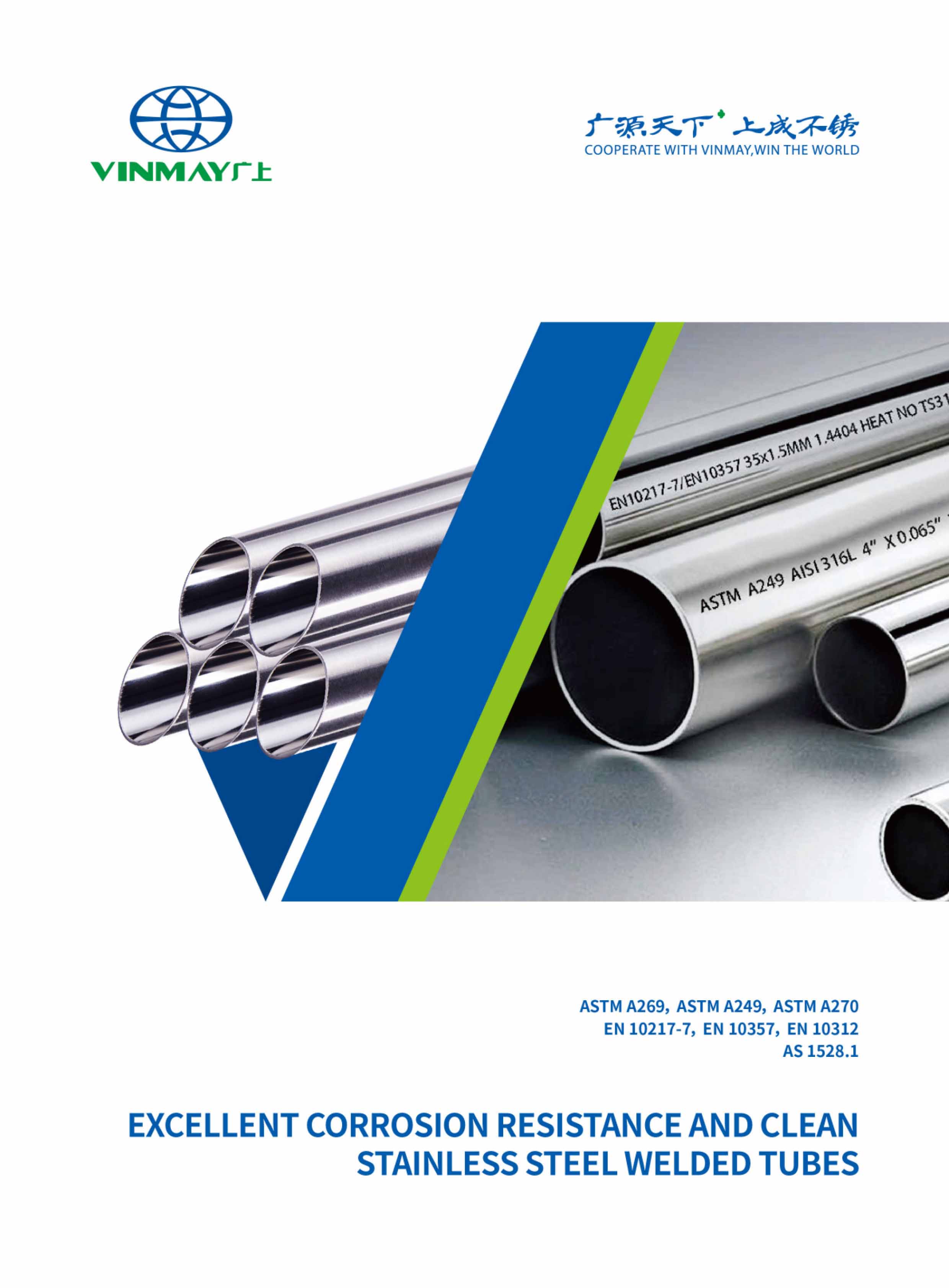In the domain of industrial manufacturing and application, the selection of stainless steel tube welded vs seamless often presents a challenging task. Importantly, the choice hinges on specific needs as seamless tubes, engineered through extrusion, boast superior strength and corrosion resilience, making them the go-to for high-pressure applications.
Conversely, welded tubes, crafted from rolled sheets, offer cost-effectiveness and versatility, making them suitable for various industries. The intriguing question now is, has the advancement in stainlesss steel pipe welding procedure specification bridged the gap between the two? And how does one make an informed decision considering factors like cost, durability, and application suitability?
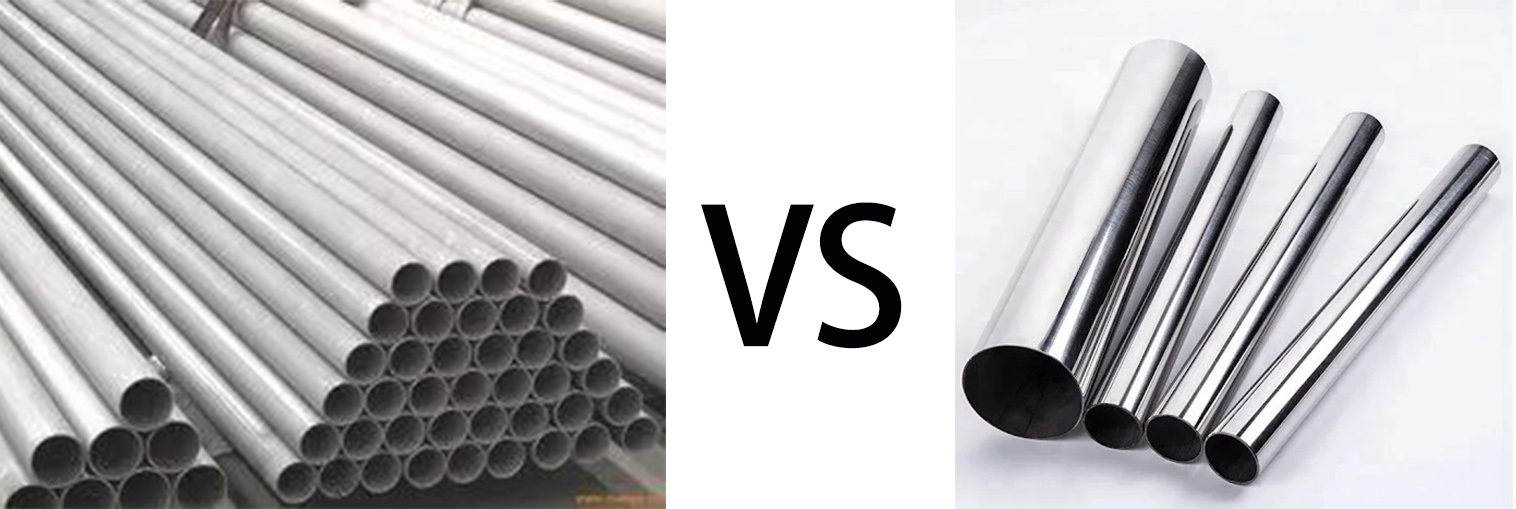
Welded stainless steel tubes are hollow cylindrical structures made from stainless steel that have been welded together. Stainless steel is a corrosion-resistant alloy, making it ideal for applications where durability and resistance to rust and corrosion are essential.
The tubes are manufactured by welding together stainless steel strips or sheets using various welding techniques such as TIG (tungsten inert gas) welding, MIG (metal inert gas) welding, or laser welding. These techniques ensure a strong and uniform bond along the length of the tube.
Welded stainless steel tubes find applications across various industries, including construction, automotive, aerospace, food and beverage, pharmaceuticals, and more. They are used for conveying fluids, gases, or solids, as structural components, heat exchangers, and in decorative applications due to their sleek appearance.
These tubes come in various sizes, shapes, and grades of stainless steel pipe, depending on the specific requirements of the application. Additionally, they can be polished or finished to achieve different surface textures and appearances.
Analyzing the merits and drawbacks of welded stainless steel tubes, it's evident that the manufacturing process results in several unique characteristics that may influence the choice of stainless steel tube welded vs seamless seamless options.
Welded pipe advantages include cost-effectiveness and versatility, making them ideal for various applications like construction and plumbing. Conversely, seamless pipe disadvantages encompass high production cost and limited size availability, despite their superior durability.
stainless steel tube applications extend to industries that demand structural strength without extreme conditions, whereas seamless pipes are perfect for high-pressure environments. In the stainless steel tube welded vs seamless comparisons, the decision rests on the application's specific requirements, budget constraints, and desired durability.
Diverging from their welded counterparts, seamless pipes are uniquely manufactured through an extrusion process that involves heating a billet and forming it into a hollow mold, all without the introduction of a welded seam. This manufacturing technique enhances its durability and corrosion resistance, offering precision that is often required in high-pressure environments.
Despite a higher cost due to increased production efficiency, the application versatility of seamless pipes justifies the investment. While strength comparison may favor seamless pipes, welded tubes hold their own regarding aesthetic appeal and pressure resistance. As a result, the choice between the two ultimately relies on the specific requirements of the application.
In the domain of stainless steel tube manufacturing, two primary processes dominate: seamless and welded.
The seamless process extrudes a heated billet into a hollow mold, producing a tube without a welded seam.
Conversely, the welded process involves roll-forming stainless steel strips or sheets which are then longitudinally seam welded, resulting in the formation of a tube.
The manufacturing process for seamless tubing, devoid of any welded seam, begins with an intricate extrusion procedure.
Billet Preparation: Seamless pipes are manufactured from solid cylindrical steel billets. These billets are heated to forging temperature and pierced through the center with a mandrel to create a hollow tube-like structure.
Hot Rolling: The pierced billet is then subjected to hot rolling to further elongate and shape it into a seamless pipe. This process reduces the wall thickness and increases the length of the pipe.
Annealing: After hot rolling, seamless pipes are typically annealed to relieve stress and improve their mechanical properties. Annealing involves heating the pipe to a specific temperature and then gradually cooling it in a controlled environment.
Sizing: The seamless pipe undergoes sizing to achieve its final dimensions and specifications. This may involve cold drawing or cold rolling to achieve the desired diameter and wall thickness.
Finishing: Once the sizing is complete, seamless pipes may undergo various finishing processes such as straightening, polishing, or applying coatings to meet specific requirements.
In comparison to welded tubes, the seamless method employs a solid round steel billet, heated to high temperatures, and then pierced to form a hollow tube.
This tube is then further elongated and reduced to the required dimensions through a series of processes.
The material composition of seamless tubes offers superior corrosion resistance, making it suitable for applications requiring high strength and durability.
The versatility of seamless tubing is assessed based on its utility in various industries, adhering to stringent industry standards.
Despite a more complex manufacturing process, the seamless tube's superior characteristics justify its application, especially in high-pressure environments.
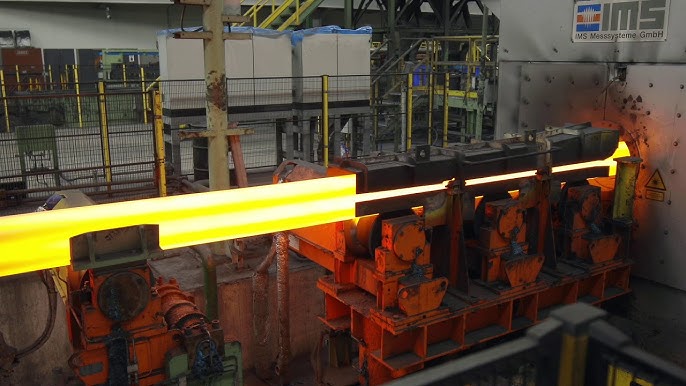
Continuing our exploration into tubing manufacturing, we now turn our attention to welded tubing, a process that offers its own unique set of advantages and challenges.
Welded tubing advantages include cost-efficiency and availability in longer lengths, making it ideal for architectural, automotive, and pharmaceutical applications.
However, when comparing , the latter is often associated with greater strength, superior corrosion resistance, and higher pressure resistance.
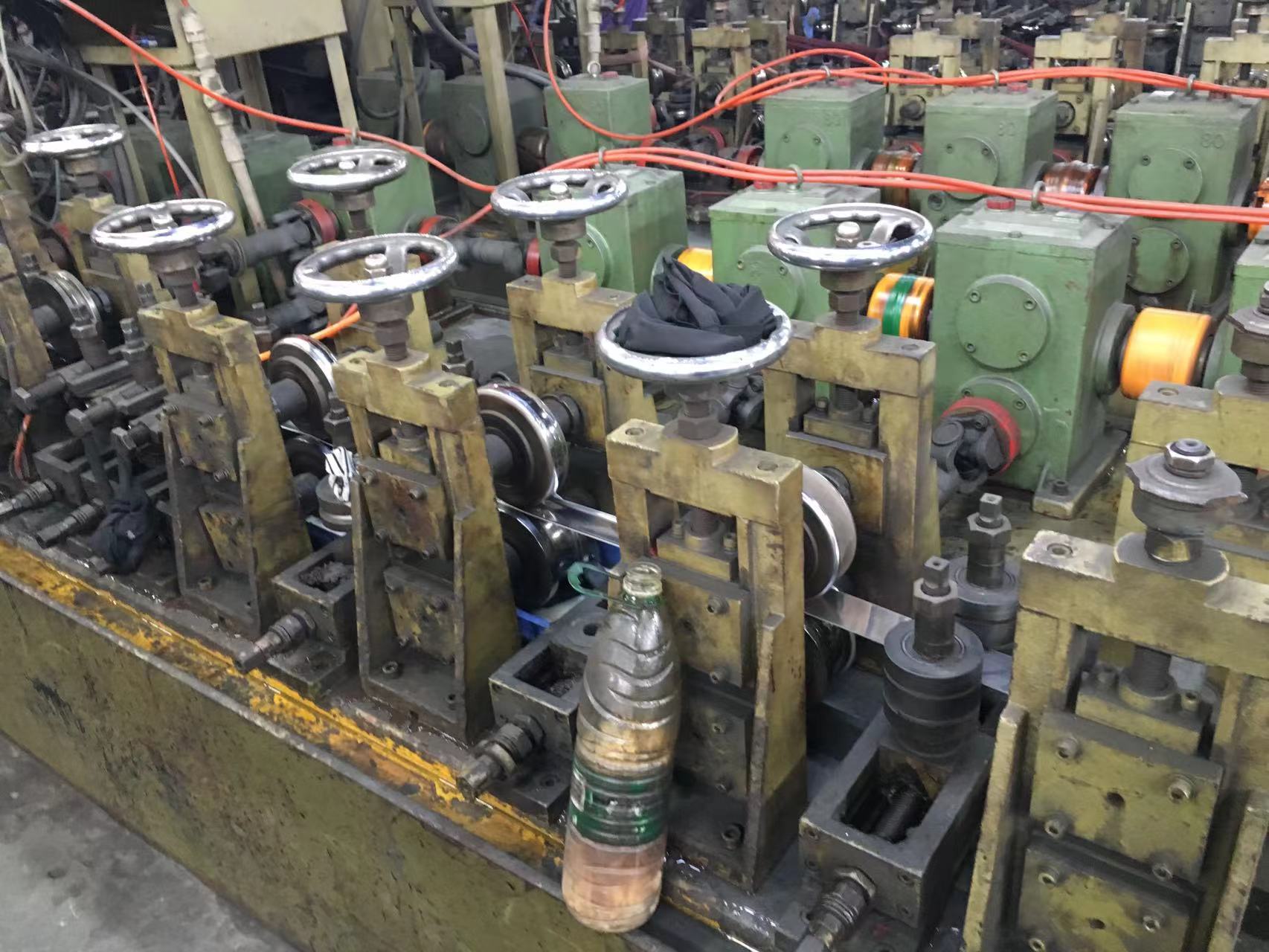
Welded Tubing Manufacturing Processes:
Stainless Steel Tube Material Preparation: Welded pipes typically start with flat strips or coils of steel. These strips or coils are unrolled and straightened to prepare them for the welding process.
Forming: The strips or coils are then passed through a series of rollers or dies to shape them into a cylindrical tube. The edges of the strip are then joined together through welding to form a continuous seam along the length of the pipe.
Welding: Various welding techniques such as TIG (Tungsten Inert Gas) welding, MIG (Metal Inert Gas) welding, or laser welding are used to join the edges of the strip and create the seam. This stainless steel tube welding process imparts strength to the pipe but may result in a visible seam along its length.
Sizing and Shaping: After welding, the welded pipe undergoes sizing and shaping processes to achieve its final dimensions and specifications. This may involve passing the pipe through rollers or dies to adjust its diameter and shape.
Finishing: Once the sizing and shaping are complete, the welded pipe may undergo various finishing processes such as polishing, buffing, or applying coatings to enhance corrosion resistance or aesthetics.
You may also like :
Stainless Steel Pipe Welding Procedure Specification
Stainless Steel Tubing Welding 101: Tips for Success
Stainless Steel Welding Issues Exploration
When choosing between welded and seamless stainless steel tubes, it is important to take into account the specific application's needs and requirements.
Seamless tubes are known for their superior strength and corrosion resistance, making them ideal for high pressure and temperature applications.
Conversely, welded tubes, with their cost efficiency and availability in longer lengths, find their suitability in industries such as architectural, automotive, and food & beverage.
Given its superior strength and corrosion resistance, seamless stainless steel tubing finds extensive utility in industries such as oil and gas, chemical processing, and aerospace, where high-pressure and high-temperature conditions are prevalent. In these pressure applications, the absence of a welded seam enhances the tubing's structural integrity, making it an ideal choice for precision engineering tasks.
Industrial machinery often relies on seamless stainless steel tubes for their durability and resistance to wear and tear. Additionally, in construction projects, these tubes are employed for their aesthetic appeal, strength, and longevity.
Hence, the application of seamless stainless steel tubing extends from high-pressure industrial applications to daily high-precision tasks, signifying its versatile and indispensable role.
In contrast to seamless tubing, welded stainless steel tubing emerges as a cost-effective and highly versatile solution, finding extensive usage in numerous applications across various industries. This form of tubing provides excellent corrosion resistance, making it a popular choice in the construction industry and industrial machinery where longevity and durability are paramount.
Its affordability and adaptability make it suitable for precision applications, such as in the manufacturing of automotive parts. The automotive industry, in particular, values welded tubing for its strength and ability to withstand high stress.
The versatility of welded stainless steel tubing, coupled with its cost-effectiveness, makes it a preferred choice across industries, from heavy-duty industrial machinery to precision-oriented automotive applications.
Discover More :
Diverse Applications of Sanitary Stainless Steel Pipe
Applications of Stainless Steel Square Tubing Revealed

Comparing the size and availability of welded and seamless stainless steel tubing is essential in determining their suitability for specific applications.
Welded stainless steel tubes are readily available in a wider range of versatile dimension, making them a cost-effective option for various applications. Their rapid availability stems from a simpler manufacturing process, which allows for quicker production times compared to their seamless counterparts.
Seamless stainless steel tubes, on the other hand, offer superior corrosion resistance. However, their size and availability can be somewhat limited, as manufacturing these tubes is a more complex process that often leads to longer lead times. Despite this, they remain a viable choice for applications requiring a higher degree of corrosion resistance.
Discover More :
304 Stainless Steel Rectangular Tube Size: Unveiling Industrial Precision
Understanding Stainless Steel Rectangular Tube Standard Sizes: Key Specifications and Applications
When evaluating the strength and durability of stainless steel tube welded vs seamless , several key factors come into play. First, seamless tubes generally exhibit superior strength under high pressure due to their homogeneous structure. The absence of a weld seam eliminates potential structural weaknesses, making them ideal for applications involving extreme conditions.
However, advancements in welding standard have greatly improved the strength and durability of welded tubes. Techniques aimed at improving welds can produce a joint almost as strong as the base metal, mitigating the potential for structural weaknesses near the weld seam.
Consider the following points:
To sum up, when contemplating the structural considerations of these two types of tubes, their cost implications present another significant factor in deciding between stainless steel tube welded vs seamless A manufacturing comparison highlights that welded tubes are typically more cost-efficient due to a less complex fabrication process, making them readily available in larger quantities. However, the cost efficiency of seamless tubes shines in smaller production runs where the additional expenses can be offset.
Welded stainless steel tubes are often more cost-effective for many applications due to the efficiency of the manufacturing process. However, seamless tubes may be preferred for specific applications where superior mechanical properties, corrosion resistance, or a smoother internal surface finish are required, despite their potentially higher production costs. Ultimately, the choice between stainless steel tube welded vs seamless will depend on the specific requirements of the application, budget considerations, and other factors such as lead time and availability.
Learn More:
Deciphering the Dynamics: Unraveling Stainless Steel Round Tube Prices
Historically, the perception of stainless steel tube welded vs seamless has evolved considerably, largely influenced by advancements in manufacturing technologies and varying use cases across industries. Initially, welded pipes were seen as inferior due to the presence of a weld seam, which was thought to compromise the pipe's structural integrity. However, historical advancements in welding technology, including weld seam innovations, have greatly improved the quality and reliability of welded pipes.
The pivotal shift in manufacturing techniques, facilitated by technological innovations, has enhanced the performance of welded pipes, bringing them on par with seamless pipes in many use cases.
Material differences between stainless steel tube welded vs seamless have reduced over time due to advancements in metallurgical sciences, which have optimized the strength and durability of the materials used.
Performance comparisons between stainless steel tube welded vs seamless have shown that industry standards for certain applications can now be met by either type of pipe, widening the options for industrial use.
Despite these advancements, it is still important to understand that the choice between welded and seamless pipes should be guided by the specific requirements of the application, considering factors such as pressure requirements, environmental conditions, and expected lifespan.
Understanding important purchasing practices for welded and seamless steel pipes is essential in ensuring efficiency, cost-effectiveness, and fulfillment of specific industrial requirements. There are several factors to take into account, including cost comparison, quality assurance, industry standards, welding advancements, and material composition.
From a cost perspective, welded pipes are generally more affordable due to their less complex manufacturing process. However, seamless pipes, despite being more expensive, provide a higher level of strength and durability, making them more cost-effective in high-pressure applications.
Quality assurance is another key aspect. Given the advancements in welding technology, welded pipes can now match the strength and reliability of seamless pipes. Material composition also plays an important role. Stainless steel of certain grades may be more suitable for specific applications than others, and understanding this is crucial.
stainless steel tube standards must also be adhered to. These standards specify the required properties of steel pipes, such as diameter, wall thickness, and material grade. It is important to make sure that the chosen product meets these standards to guarantee its suitability for the intended application. Understanding these factors will greatly improve the efficiency and cost-effectiveness of your purchasing process.
Foshan Vinmay Stainless Steel Co.,ltd is a manufacturer of stainless steel welded tubes for building and construction; tubes for food industry; tubes for heat exchanger ; tubes for water supply system etc. 99% of our products export to more than 100 countries . Welcome to to contact us for more information.
Comparing 201 Stainless Steel Welded Pipes to 304 Stainless Steel Welded Pipes
Exploring 304 Stainless Steel Welded Pipes
The Ultimate Guide to 316 Stainless Steel Welded Pipes
In summary, the choice between welded and seamless stainless steel tubes depends on specific application needs, cost considerations, and durability requirements.
With continual advancements in welding technology, welded tubes have become a worthy contender to seamless tubes.
However, seamless tubes still reign supreme in high-pressure applications due to their superior strength and corrosion resistance.
Hence, a thorough understanding of material properties, manufacturing processes, and application demands is vital in making an informed decision.
